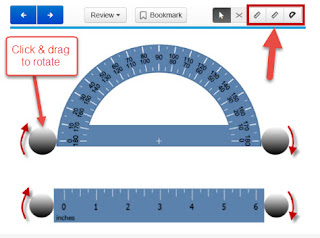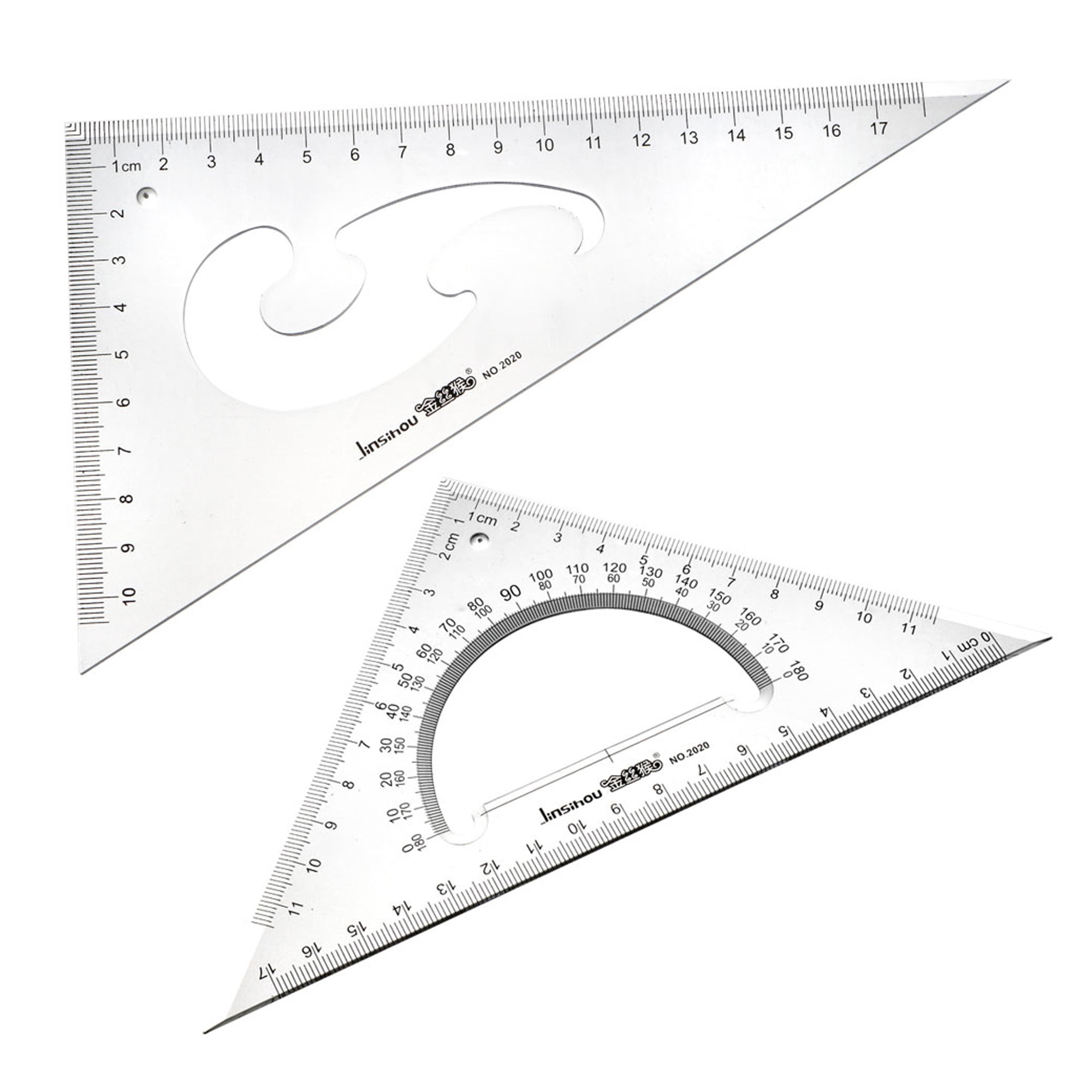
The icons next to the Curve option are the same that are shown in the Tool Property window in the default user interface and change how the Curve Ruler tool operates. Next let’s look at the Continuous Curve category.

Most artists are probably never going to use this option, I’d think, but it’s there if you need it!įor more information about the Scale option, check out the Linear Rulers article!

I’m going to be honest here, I looked up what a Q number is because I’d never heard of it before, and it seems like it’s too complicated for my brain! It seems quite heavily math related. The Q setting divides the ruler length according to Q numbers. In artwork, using the Golden Ratio helps create a layout that is aesthetically pleasing and balanced. Golden Ratio will divide the length of the ruler according to the Golden Ratio, which is a math term that is also known as the “divine proportion”. This option is perfect if you are trying to divide up an area into equal pieces. So let’s explain them real quick!Įqual Division will divide the ruler equally according to the number set in the Number of Divisions option, which can be shown by clicking the + to the left of the Scale checkbox. Most of those options are self-explanatory, of course, but some of them aren’t. In order of the list in the image above, the options are pixels, centimeters, millimeters, inches, points, Q, Equal Division, and Golden Ratio. Below is a brief run-down of each of these scales.Īs you can probably figure out, this option allows us to put measurement markings along the digital ruler! These measurements will be different depending on which option you pick from the dropdown menu. Check this box and use the dropdown menu to choose the type of measurement you want to use. If you want the ruler to be made on the current active layer, leave this box checked. The “Create at editing layer” checkbox controls whether the ruler will be made at the current active layer or if there will be a new layer created when the ruler is made. This is inside the red rectangle in the following image. We can find the Curve Ruler under the Ruler tool (marked by the blue arrow in the image below) and then by clicking on the Curve Ruler subtool.

In this article we will cover the following topics:
#Ruler tool multiple points how to
Covering all the ruler tools in one tutorial would result in a huge amount of text, so I’m going to break this up into parts! This is Part Two of the How To Use Ruler Tools series. And I still think that the built-in ruler tools are one of the coolest features in CSP. When I first learned about this software, it was the Perspective Ruler tool that made me realize how awesome it was and influenced my decision to start using it. I write weekly posts on and on CSP Tips, so be sure to come back every week to learn more Clip Studio Tips and Tricks from me! Many of you probably know my name from those books, in fact. I was a beta-tester on the Manga Studio 5 program and for Clip Studio Paint, and I have written three books and several video courses about the program. Hello! My name is Liz Staley and I’m a long-time user of Clip Studio Paint (I started using the program back when it was known as Manga Studio 4!).


 0 kommentar(er)
0 kommentar(er)
